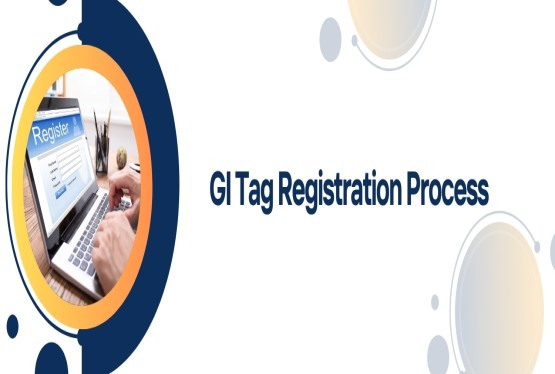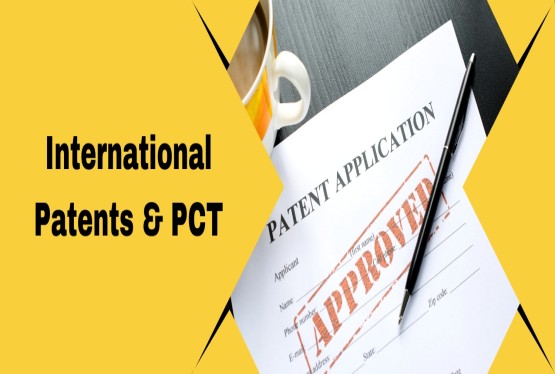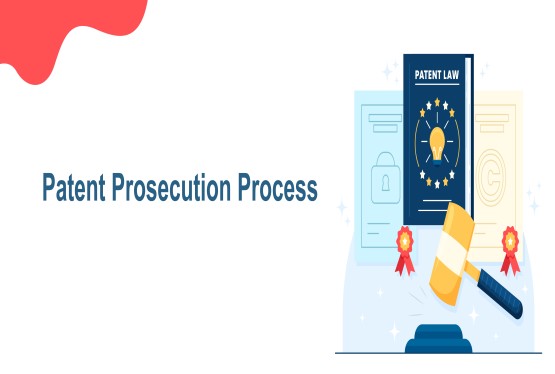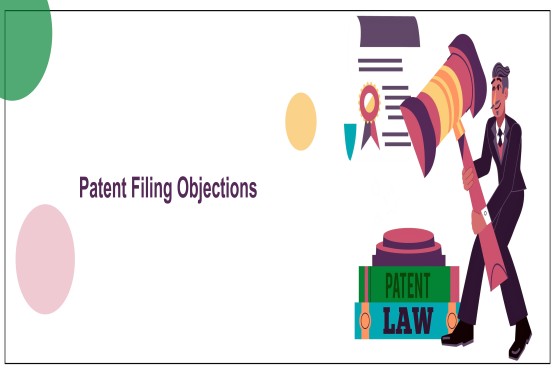Trademarks are business assets because they can safeguard a firm's brand identity and easily let its customers distinguish between different products and services. However, the Trademark Registration is not such an easy thing because there are many obstacles one needs to clear before achieving success. One of those is rectification of trademark applications. It involves the correction or updating of a prevailing application or registration so that it once more stands correct and in conformity with the applicable laws and regulations. The article describes various aspects of rectification of trademark applications, showing why it is important, how it works, and what are its key considerations.
Knowing the need for Trademark Rectification
Typical examples may range from typographical errors and misclassification of goods or services, through to changes in ownership and even a change in contact details. Such mistakes would possibly lead to some litigation process, loss of rights for trademark, or worse, an outright rejection of the trademark application. In this sense, rectification plays a huge role in keeping the integrity and validity of the registration process.
Types of Trademark Rectification
Spelling Errors
-
Common Mistakes: Minor typographical errors made when filing a trademark application, such as misspellings or wrong dates, can be corrected by making a rectification request.
-
Procedure: The applicant is supposed to file his application with the trademark office, evidence of mistake and correction.
Changes in the goods or services
-
Reclassification: if the applicant misclassified the goods or services, then a rectification application should be made to classify under the correct Nice Classification.
-
The list contains an item in cases where applicants need to add or delete specific goods or services from the application, requiring a detailed explanation with supporting documentation.
Change of ownership
-
Assignment and Assignment or Transfer: Change in ownership from a merger or acquisition. Trademark application is updated with a new owner. Necessary documents on transfer of rights are to be submitted.
-
Name Change: If the applicant changes his name, suitable documents would have to be provided in order that the records may be updated accordingly.
Contact Information Updates
-
Any change in the address, phone number, or email should be updated to receive proper communication from the trademark office on time.
Legal Framework and Regulation
This process of rectification of an application for a trademark has specific guidelines and rules by jurisdiction. Applicants should be aware of the guidelines issued by the trademark offices in the respective countries. These will detail the type of rectification accepted, the type and quantity of documentation required, and the procedural steps involved.
In most jurisdictions, there is an online portal at the trademark office where applicants can lodge rectification requests. Most portals include information on how to fill out the forms and details on necessary requirements. All information and supporting documents submitted must be accurate and complete to avoid delays or rejections of the request.
Best Practices in Trademark Rectification
For the rectification process to be smooth and efficient, applicants should be doing the following:
-
Review quite often the trademark application and all other related documents to detect error or inconsistency at the earliest stage.
-
Keeps an accurate record of any communications, legal papers, or receipts connected with the trademark application. This way, correction is easier and faster.
-
The trademark attorney or professional trademark agency can be sought for seeking professional help. Their services can be opted for in complicated rectification procedures and staying up to date with current legal requirements.
-
Submission Time: Correction applications must be submitted promptly after ascertaining the mistake. Any delay in correction will add to the complexity and, most likely, lead to rejection or opposition of the mark.
Importance of Accuracy in Trademark Applications
The grounds for the accurate and compliant trademark application, first by protecting an intellectual property right from any other party's unauthorized use or Trademark infringement of the trademark name. The precise applications eliminate the possibilities of controversies or litigation disputes while processing trademark offices. Besides, the proper registration of trademarks will make the brand credible and reliable. Trademarks are used to differentiate between products and services. The reputation of the brand is increased with a properly registered trademark, along with the confidence among the consumers.
Conclusion
Rectification of trademark application is the one essential step that makes certain a trademark is correct and not bogus in any manner whatsoever. A rectification will make provision for an application that involves correction of possible mistakes either in typographic terms, reclassification in regard to goods or services, as well as modifications to detail in regard to ownership as well as contacting details etc. Best practices and professional assistance will enable the applicants to the rectification process in an efficient and effective manner. The outcome would be a robust and credible trademark that protects both the brand and communicates to consumers.
Frequently Asked Questions
Q1. What are trademark rectifications?
Ans. It is basically an application for correction of errors or inaccuracies on an application for trademark or registration. The range may vary from correcting typographical errors, updating the ownership information, to changing the list of goods and services covered by a trademark.
Q2. Why do rectifications of trademark matter?
Ans. Rectification of the trademark is very important because most make sure that there is no mistake in the trademark registration. If mistakes occur in the application, then delays or even loss of trademark rights and rejections would be observed. Businesses can protect their brand identity by rectifying mistakes promptly and avoiding probable legal issues.
Q3. General grounds for cancellation of a trademark?
Ans. Most frequent grounds of rectification include:
-
Typographical errors: Spellings or date written wrong in the application.
-
Error in classification: The given case involves incorrect classification of goods or services under the Nice Classification.
-
Ownership changes: any kind of change through mergers and acquisitions, or other forms of transfer of ownership.
-
Contact information is updated to the new address, phone number, or e-mail address.
Ans. Trademark rectification usually takes the form of an application directed to the relevant trademark office. The application will include information on the mistake itself, documents to support such, and a fee if it incurs one. An excellent practice in this regard is to engage the services of a trademark attorney in processing the rectification itself.
Q5. What are the possible outcomes if your trademark application is not cleared?
Ans. Failure of curing a trademark application may result in the worst: In such a case, if the errors are grave, the office of trademarks can even reject the very application itself.
-
Weakening of trademark rights: In the registration cases, lapses may take place such that the trademark becomes weakened and easily comes under attacks.
-
Legal battles: This may even create confusion and may lead to legal battles with the owners of other registered marks.






























_(b)_of_the_Trademark_Act,_1999_(1)_crop10_thumb.jpg)



_crop10_thumb.jpg)




























_crop10_thumb.jpg)
_crop10_thumb.jpg)






_crop10_thumb.jpg)








_crop10_thumb.jpg)



_crop10_thumb.jpg)





























_crop10_thumb.jpg)

















_crop10_thumb.jpg)






_crop10_thumb.jpg)











































































































































_crop10_thumb.jpg)




































_crop10_thumb.jpg)












_crop10_thumb.jpg)













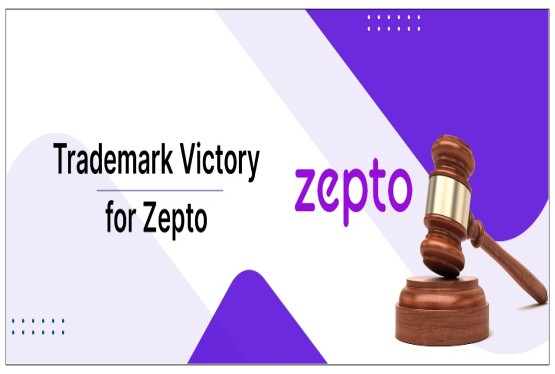




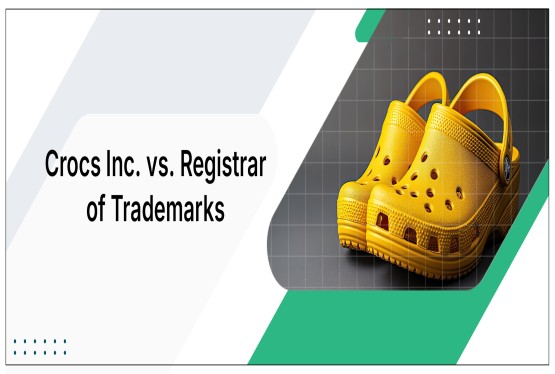




























_crop10_thumb.jpg)

















